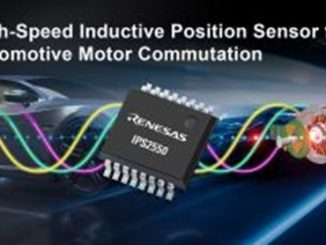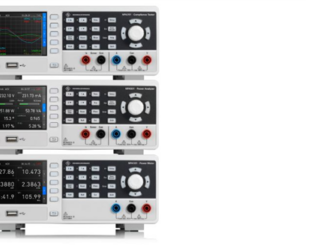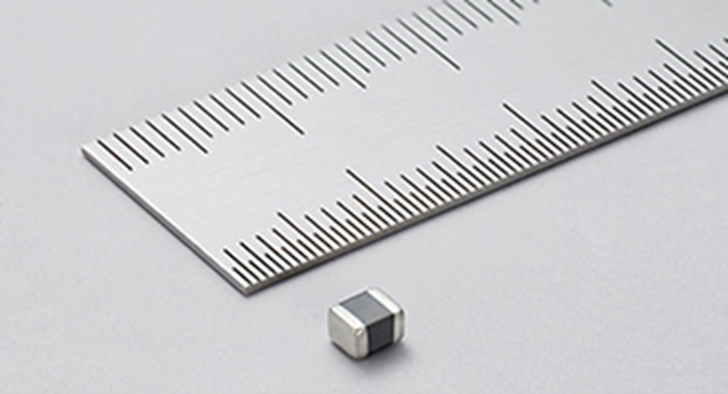
Product designers have several new capabilities available to them from components developed by Murata where, in each case, magnetics aspects are key to their advanced functionality. The components are chip ferrite beads with high current capacity for noise suppression, shown above, open-loop current sensors for industrial systems and broadband inductors for the automotive market.
The BLE32SN series of chip ferrite beads are the world’s first chip-type noise suppression components to have 20A current rating, says Murata. They are designed to provide noise suppression in circuits with large current flows such as the battery charging systems and powertrains of electric vehicles as well as in industrial equipment.
Previously, says the company, there was no chip-type noise suppression filter that could attain a 20A current rating. This meant that multiple chips had to be mounted in parallel, which added to the bill-of-materials costs and took up valuable board real estate.
By leveraging advanced structural simulation techniques, Murata engineers have been successful in creating a proprietary internal electrode design. This increases the electrode volume of these chips compared with those using a conventional arrangement. It has resulted in a significant lowering of their DC resistance characteristics.
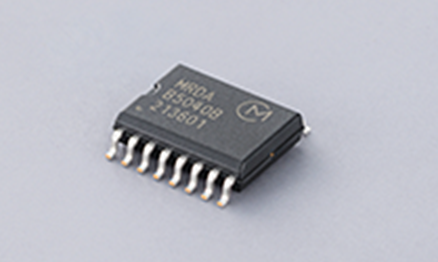
The new MRD series of open-loop current sensors for industrial systems integrate high-performance tunnel magneto-resistive elements, enabling precision measurement with regard to both DC and AC currents up to 40A, as well as maintaining stable characteristics across an extensive temperature range.
Their coreless structure does not exhibit hysteresis effects or saturation issues which are typical side-effects with an iron core. It also results in reduced size and weight, as well as making mounting easier. Their proprietary differential measurement with two TMR-based elements gives immunity against external magnetic stray fields. This makes them suitable for use in application environments with high levels of electromagnetic noise such as photovoltaic inverters, DC-DC converters, EV charging infrastructure and power conditioning systems.
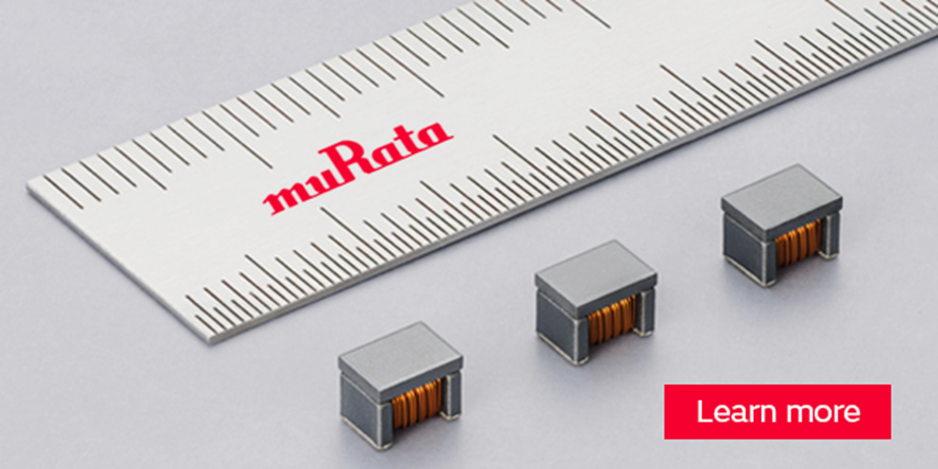
The new LQW43FT series is a three-module line of broadband inductors developed for the automotive market. The 1812 size is the world’s smallest inductor for Bias-T circuits, says Murata. The inductors leverage the company’s proprietary material and coil structure technologies to provide superior performance in the low frequency band up to 100 MHz, says Murata. They have an inductance range of 10 μH to 22 μH and high current of 700 mA. Their high impedance over a broad range can decrease required inductors. With the increased adoption of ADAS, the demand for PoC cables capable of carrying both signals and power is also rising. To separate the two, multiple inductors are typically combined to form a broadband and high impedance filter.

